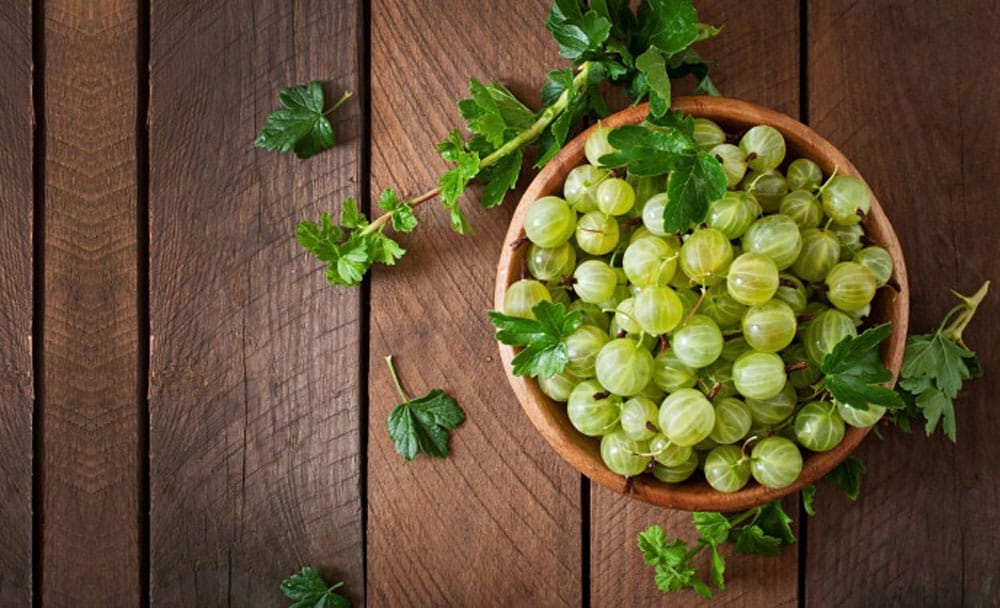Have you ever suffered from jaundice or seen someone else go through this condition? The chances are you have.
Fairly common in India, jaundice or Piliya is not actually a disease but a symptom of an underlying health condition. In jaundice, the patient tends to develop a yellowish tinge in the skin and eyes, also called “Piliya Ke Lakshan”.
This condition usually develops as a result of the buildup of excessive amounts of bilirubin in the body, which is a yellow pigment produced in the liver made during the breakdown of dead red blood cells. This substance is normally eliminated from the body along with other wastes. However, if you have problems with the liver, red blood cells, gallbladder and pancreas or infections like hepatitis, it can get accumulated.
Whatever may be the cause, jaundice can be treated easily using natural remedies from Ayurveda. Let’s see how.
Ayurvedic Perspective of Jaundice
Classical Ayurvedic texts contain a vast amount of information on wide-ranging diseases that were observed and treated by Ayurvedic physicians in ancient India. Jaundice or Piliya Ke Lakshan falls under the category of conditions described in these texts as ‘Pandu-Roga’. This is a Sanskrit term to denote white or pale yellow, which is why it mainly refers to conditions of anemia. However, the Charak Samhita lists eight types of ‘Pandu-Roga’ and includes ‘Kamala’, which best describes jaundice.
These Ayurvedic sources also mention that jaundice only occurs as the underlying condition progresses and is not dealt with appropriately. The symptoms of ‘Kamala’, including yellowing of the skin, eyes, urine, and nails, and fatigue match those of jaundice. Fortunately, Charaka also provides us with a variety of therapeutic approaches for the condition, including the use of emesis, enemas, ingestion of medicated ghee, diet therapy, and the use of herbal medications. They also recognized the importance of lifestyle factors, such as lack of physical activity and stress in the pathology of the condition. Based on such insights that have been gathered over millennia, it helps to look at some of the best Ayurvedic remedies to treat jaundice at home.
Ayurvedic Tips for Jaundice Treatment
Amla
An increasingly common cause of liver problems that result in jaundice is our high dietary intake of added sugars and trans fats, which contributes to the onset of fatty liver disease. Amla was traditionally used to treat jaundice and research shows that the herb can help modulate important proteins that play a role in lipid metabolism. This lowers the risk of dyslipidemia, protecting against fatty liver disease and jaundice.
Neem
Although generally regarded as a skin care herb, neem offers a variety of health benefits and has a clear role to play in the management of jaundice. The herb helps balance pitta and Kapha and has a strengthening effect on Dhatu Agni. This supports healthy digestion and metabolism to fight jaundice. Research is supportive of neem supplements and medications because of proven hepatoprotective effects that can enhance liver function and reduce hepatotoxicity.
Dried Ginger
Dried ginger or ‘sunth’ is another helpful ingredient in the treatment of jaundice and has been a staple ingredient in traditional Ayurvedic formulations for liver disease and jaundice. Research shows that ginger can help through its hypolipidemic and antioxidant effects. Most of these liver health benefits are linked to the presence of active ingredients such as gingerol and zingerone in the herb.
Kalmegh
Commonly used in Ayurveda for its hepatoprotective properties, Kalmegh is known to help in the Ayurvedic treatment of jaundice. The herb has been shown to contain phytochemicals that have antioxidant, anti-inflammatory, and hepatoprotective effects, making it helpful in the management of any condition associated with liver dysfunction such as jaundice.
Guggulu
This herbal resin has been used as an important ingredient in Ayurvedic medicine for millennia and is also recommended for Kamala or jaundice. Its liver health benefits are mainly linked to the presence of a phytosteroid called guggulsterone. This reduces the presence of free fatty acids in the liver, as well as serum and heart, while also lowering triglyceride and phospholipids levels. This boosts liver function and its ability to metabolize and excrete wastes.
On a Final Note
While these are just some of the most notable Ayurvedic herbs for jaundice, others like turmeric, Kalmegh, Kutki, and Bhringraj are also known to be helpful. If you do not find respite with home treatments within a few days, make it a point to consult an Ayurvedic physician for an accurate diagnosis and treatment plan.



















